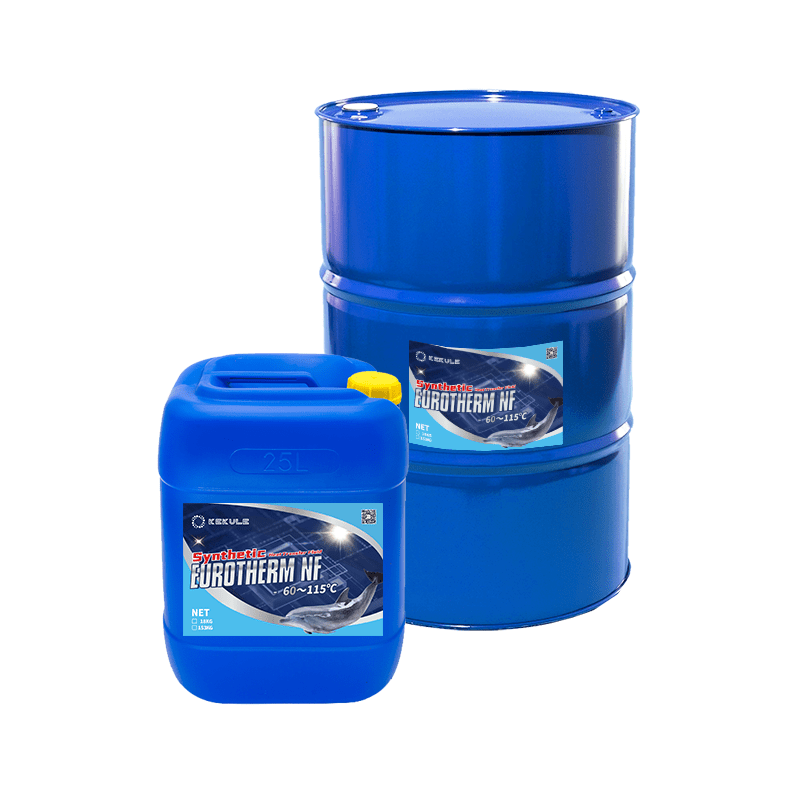The smart Trick of Chemie That Nobody is Talking About
Wiki Article
Little Known Facts About Chemie.
Table of ContentsWhat Does Chemie Mean?9 Simple Techniques For Chemie10 Easy Facts About Chemie DescribedThe Main Principles Of Chemie The Chemie PDFsAbout Chemie
By Bojanna Shantheyanda, Sreya Dutta, Kevin Coscia and David SchiemerDynalene, Inc. Liquid air conditioning, which can be achieved using indirect or direct ways, is utilized in electronics applications having thermal power densities that might go beyond risk-free dissipation with air cooling. Indirect fluid air conditioning is where warmth dissipating digital elements are physically separated from the fluid coolant, whereas in situation of straight air conditioning, the elements are in direct contact with the coolant.However, in indirect air conditioning applications the electrical conductivity can be essential if there are leakages and/or spillage of the liquids onto the electronic devices. In the indirect cooling applications where water based fluids with corrosion preventions are usually made use of, the electrical conductivity of the fluid coolant generally depends upon the ion concentration in the liquid stream.
The rise in the ion focus in a closed loophole fluid stream may occur because of ion leaching from metals and nonmetal elements that the coolant liquid touches with. Throughout operation, the electric conductivity of the liquid may increase to a degree which might be dangerous for the cooling system.
The Best Guide To Chemie
(https://www.gaiaonline.com/profiles/chemie999/46990986/)They are bead like polymers that can exchanging ions with ions in a solution that it is in contact with. In the here and now work, ion leaching tests were done with numerous steels and polymers in both ultrapure deionized (DI) water, i.e. water which is treated to the highest degree of purity, and reduced electrical conductive ethylene glycol/water mixture, with the measured change in conductivity reported with time.
The samples were enabled to equilibrate at room temperature for 2 days before taping the first electric conductivity. In all examinations reported in this research study fluid electric conductivity was gauged to a precision of 1% utilizing an Oakton disadvantage 510/CON 6 series meter which was calibrated before each measurement.
Examine This Report about Chemie
from the wall surface heating coils to the facility of the heater. The PTFE sample containers were put in the furnace when constant state temperatures were reached. The test arrangement was removed from the furnace every 168 hours (seven days), cooled to area temperature with the electrical conductivity of the fluid determined.The electric conductivity of the liquid sample was kept track of for a total of 5000 hours (208 days). Schematic of the indirect closed loop cooling experiment set-up. Parts used in the indirect closed loop cooling down experiment that are in call with the fluid coolant.

Top Guidelines Of Chemie
During operation the fluid storage tank temperature level was kept at 34C. The change in fluid electric conductivity was kept an eye on for 136 hours. The fluid from the system was accumulated and stored. Shut loop test with ion exchange resin was carried out with the same cleaning procedures utilized. The initial electric conductivity of the 230ml UP-H2O in the system measured 1.84 S/cm.
0.1 g of Dowex resin was included to 100g of liquid examples that was taken in a different container. The combination was stirred and transform in the electrical conductivity at area temperature was measured every hour. The measured change in the electrical conductivity of the UP-H2O and EG-LC examination fluids consisting of polymer or steel when immersed for 5,000 hours at 80C is revealed Number 3.
The Chemie Ideas
Ion leaching experiment: Calculated adjustment in electric conductivity of water and EG-LC coolants including either polymer or steel samples when immersed for 5,000 hours at 80C. The results suggest that steels added fewer ions right into the liquids than plastics in both UP-H2O and EG-LC based coolants.Liquids having polypropylene and HDPE displayed the most affordable electric conductivity adjustments. This can be as a result of the brief, inflexible, direct chains which are much less likely to contribute ions than longer branched chains with weaker intermolecular forces. Silicone also performed well in both examination liquids, as polysiloxanes are usually chemically inert due to the high bond power of the silicon-oxygen bond which would prevent degradation of the material right into the fluid.
The smart Trick of Chemie That Nobody is Talking About
It would be anticipated that PVC would create comparable results to those of PTFE and HDPE based upon the similar chemical structures of the materials, however there may be various other impurities existing visit the website in the PVC, such as plasticizers, that might affect the electrical conductivity of the liquid - immersion cooling liquid. Furthermore, chloride teams in PVC can additionally leach into the examination fluid and can trigger a rise in electrical conductivityBuna-N rubber and polyurethane revealed indicators of destruction and thermal disintegration which suggests that their possible utility as a gasket or glue material at higher temperatures might cause application concerns. Polyurethane entirely degenerated right into the test fluid by the end of 5000 hour test. Figure 4. Before and after images of steel and polymer examples submersed for 5,000 hours at 80C in the ion seeping experiment.
Calculated change in the electric conductivity of UP-H2O coolant as a feature of time with and without material cartridge in the closed indirect air conditioning loop experiment. The determined modification in electrical conductivity of the UP-H2O for 136 hours with and without ion exchange resin in the loop is revealed in Figure 5.
Report this wiki page